[…]
Magazine: Model-Railroader
Model Train Décor Using Shelf Layouts
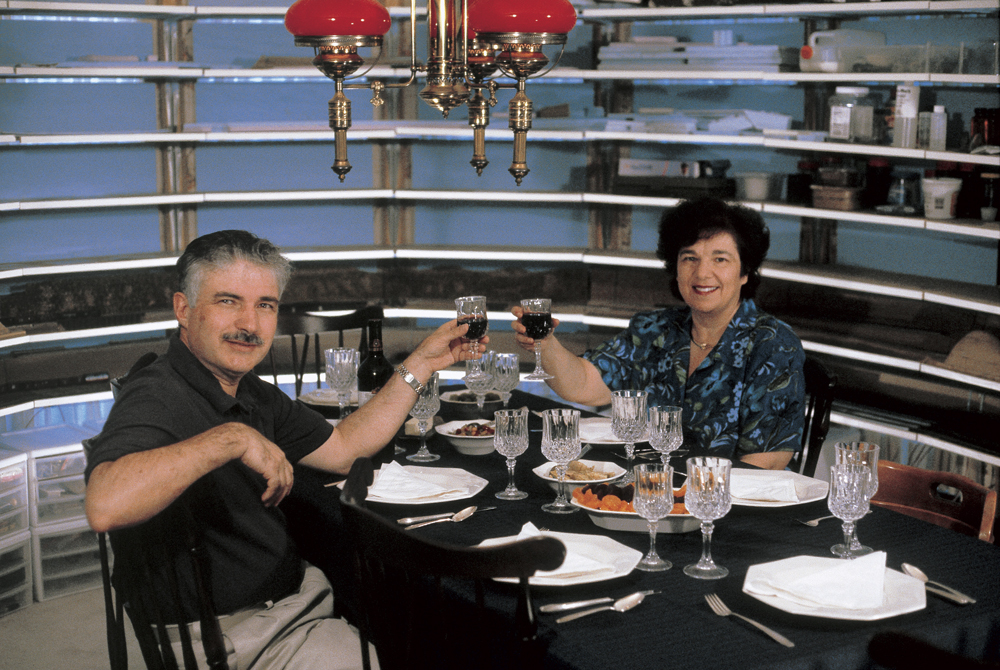
Model train décor using shelf layouts: While having a favorite model or two on display in the family living space is a great way to enjoy your trains, it’s usually only satisfying when you have a dedicated area elsewhere in your home, apartment, or condo to be able to run them. But if that’s not […]
The HO scale Jones Island layout
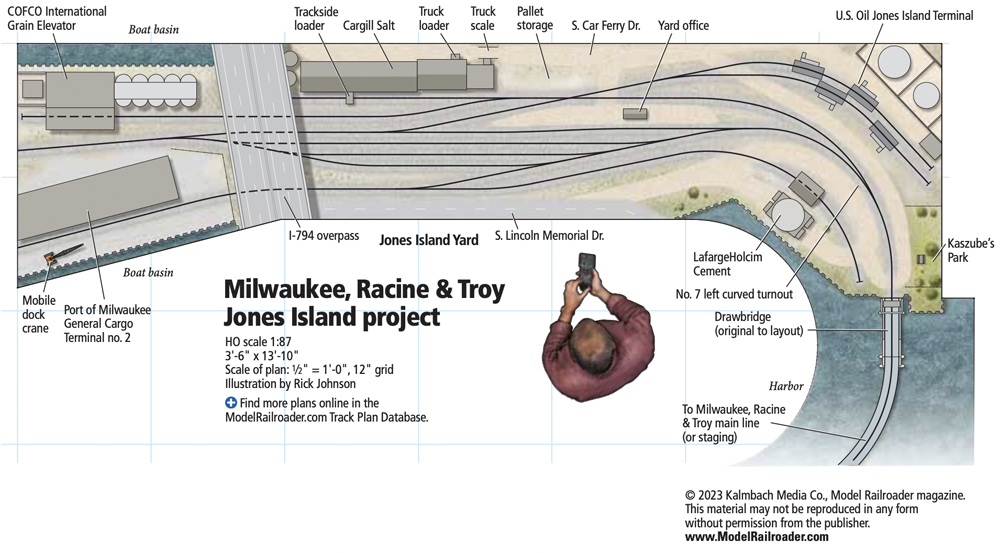
Facts & features Name: Jones IslandScale: HO (1:87.1)Size: 3′-6″ x 13′-10″Prototype: Port of MilwaukeeLocale: Milwaukee waterfrontEra: Present dayStyle: ShelfMainline run: NoneMinimum radius: 24″Minimum turnout: No. 6 Maximum grade: NoneBenchwork: L-girderHeight: 49″Roadbed: CorkTrack: Code 83Scenery: Extruded-foam insulation board, SculptamoldBackdrop: PhotoControl: NCE Digital Command Control Download a PDF of this track plan! Buy the May 2023 issue […]
The N scale Florida Northern Railroad layout
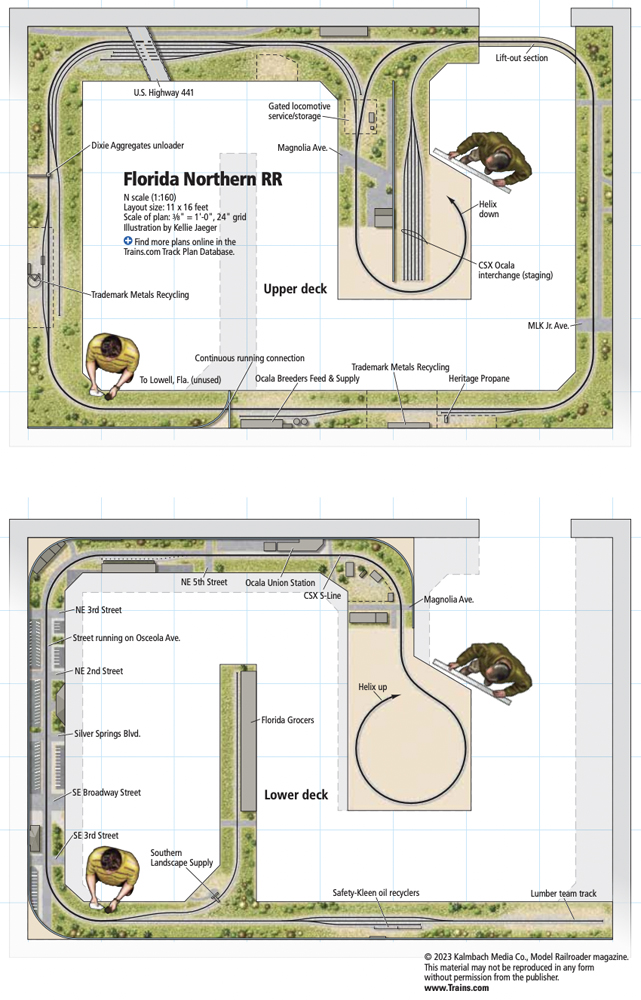
Facts & features Name: Florida Northern RR Scale: N (1:160) Size: 11 x 16 feet Prototypes: Florida Northern RR Locale: Central Florida Era: 2004 Style: Double-decked walkaround Mainline run: 88 feet Minimum radius: 18″ Minimum turnout: No. 6 Maximum grade: None Download a PDF of this track plan! Buy the May 2023 issue of Model […]
News & Products for the week of April 10th 2023

News & Products for the week of April 10th 2023 Model railroad operators and builders can get the latest information about locomotives, freight cars, passenger cars, tools, track, and more by reading Model Railroader’s frequent product updates. The following are the products Model Railroader editors have news on for the week of April 10th 2023. […]
Midday Modeler – April 5th, 2023
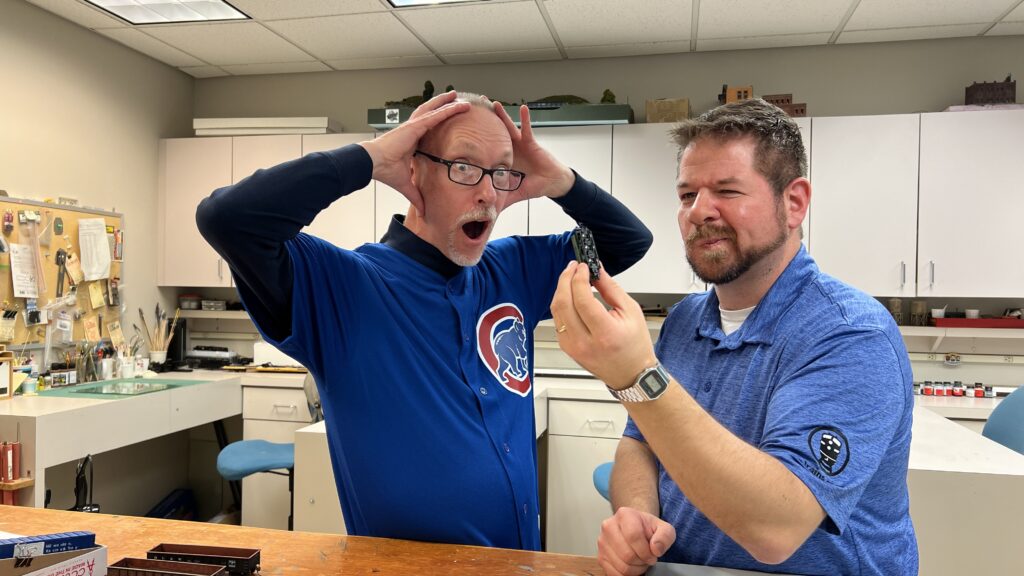
David welcomes Steve Sweeney as co-host. Steve reflects on his career at Kalmbach and gives encouraging words about the Model Railroading hobby. Rene and Bryson pop in to talk about David’s upcoming Modeling Class video series, coming soon. Cody returns with an update on some new pieces that are soon to be hitting the Kalmbach […]
Why some modelers change the couplers on their trains
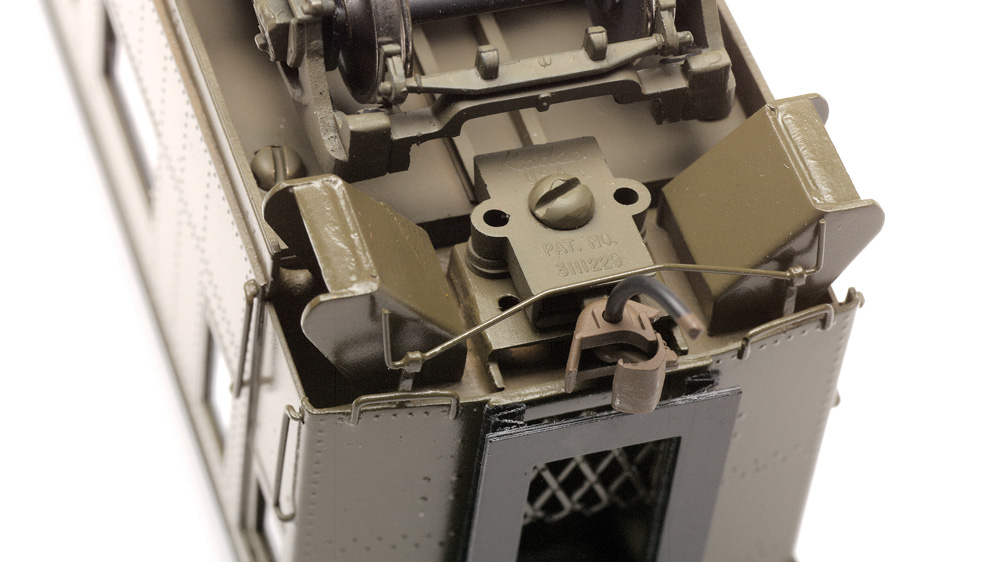
If you’re new to the hobby, you might be wondering why some modelers change the couplers on their trains. Couplers are the devices that connect individual locomotives and rolling stock together while playing a critical role in determining the realism and reliability of a model train. To put it simply, some model railroaders choose to […]
Spaces to Places IV | Town development, part 2
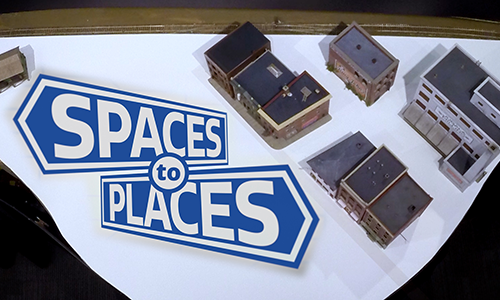
The new town of Westcott has moved from concept to construction. Watch as host Gerry Leone shares how he initiated the development by laying out the town on a sheet styrene template. Learn helpful tips for arranging city streets, structures, and even rail-served industries. Plus, you’ll also glean insights for working with styrene or similar […]
April 2023
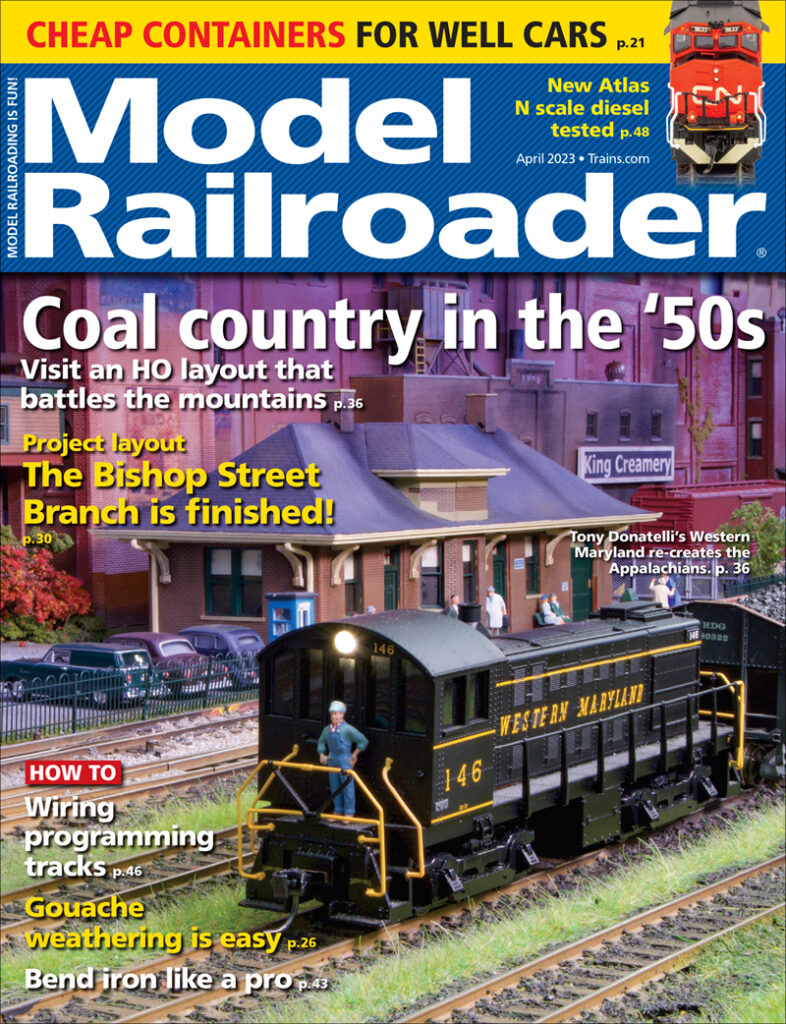
Also in this issue: ON TRAINS.COM, pg. 6 The latest features on our website FROM THE EDITOR, pg. 8 Railroad inspiration for all eras and spaces RAILWAY POST OFFICE, pg. 10 Letters from our readers NEWS AND PRODUCTS, pg. 12 Hobby industry news ASK MR, pg. 16 How lumber is shipped on the railroads STEP BY […]
Bowser HO scale SD30C-ECO
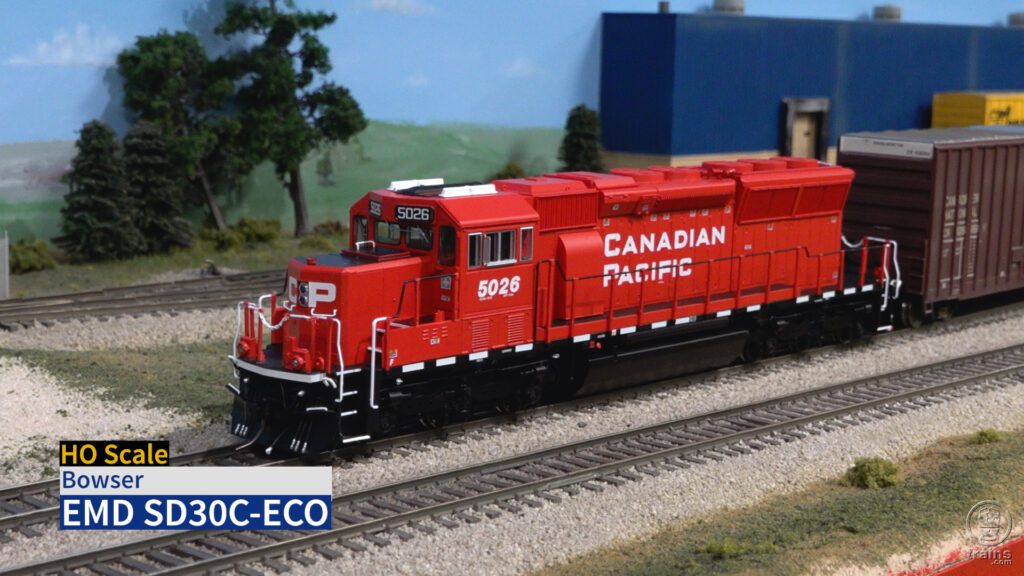
Bowser HO scale SD30C-ECO. A modern-era diesel from Bowser Manufacturing Co. Inc. recently visited our HO scale Wisconsin & Southern project layout. Join Model Railroader editor Eric White and senior editor Cody Grivno as they talk about the features and operate the Canadian Pacific SD30C-ECO. The Bowser SD30C-ECO is decorated for Canadian Pacific in 12 […]
News & Products for the week of April 3rd 2023
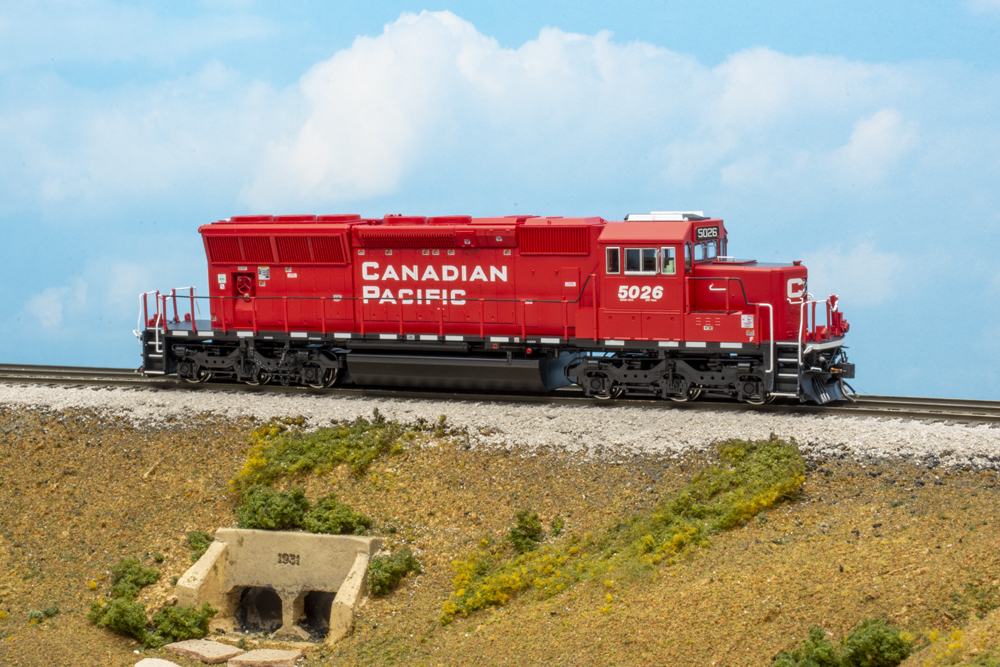
News & Products for the week of April 3rd 2023 Model railroad operators and builders can get the latest information about locomotives, freight cars, passenger cars, tools, track, and more by reading Model Railroader’s frequent product updates. The following are the products Model Railroader editors have news on for the week of April 3rd 2023. […]
My favorite caboose: MR staff picks
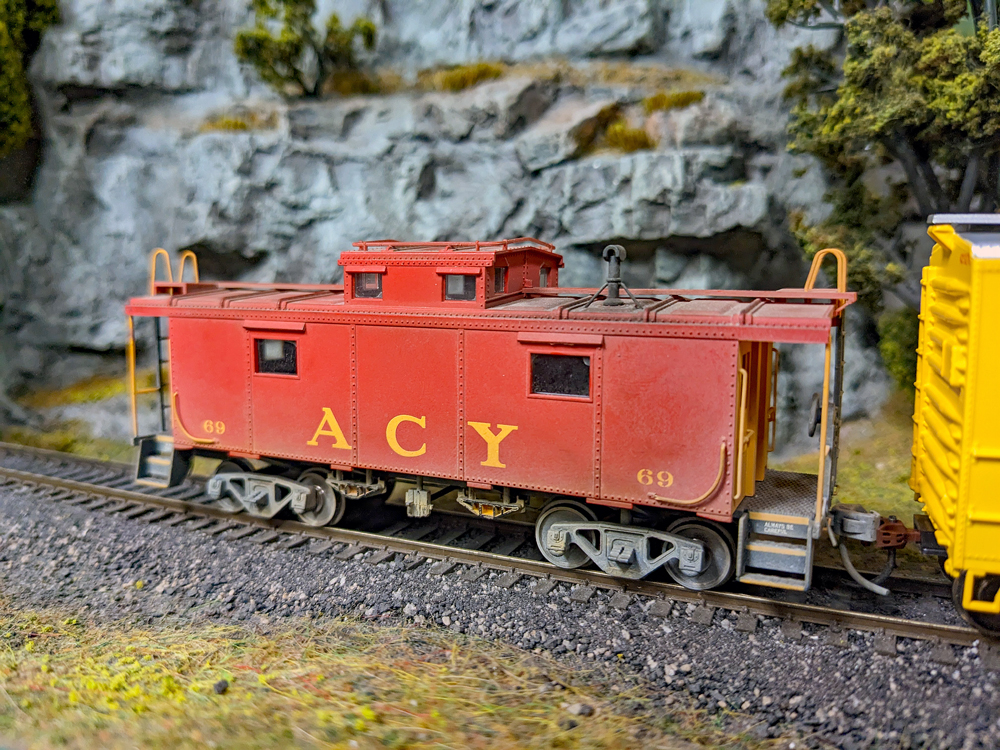
My favorite caboose: The MR staff picks their favorite caboose model and explains why it’s their favorite. What’s your favorite caboose? Leave a comment and let us know! Mitch Horner International Car Co. I-18 steel bay window caboose I’ve been enamored recently by Tangent’s Chessie System “’73+ Repaint Version 2” International Car Co. I-18 […]
